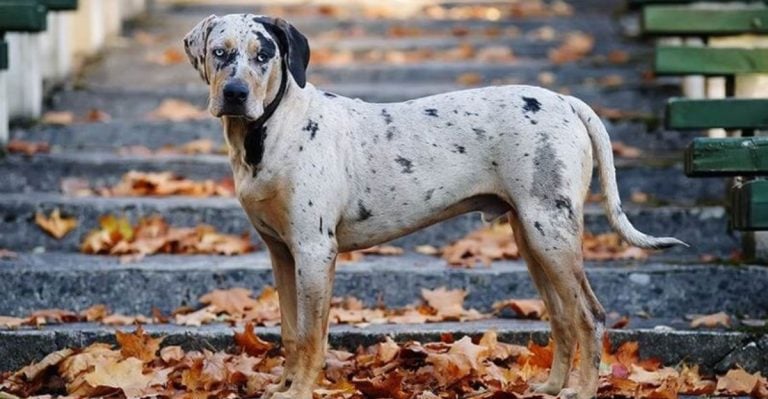Meet 20 Extinct Dog Breeds That Helped Shape Modern Canine History

Just as you have a lineage, dogs do, too. The breeds we recognize today didn’t just appear out of nowhere—they came from dogs that no longer exist. Some were fierce protectors, others were tireless workers, but all played a role in creating the canine companions we know now. Their influence lives on.
Molossian Hound

The breed originated from ancient Epirus and was a powerful and protective type. Revered in Greek history for its guarding and hunting abilities, it contributed to the development of today’s mastiff-type dogs. Although its direct influence on modern types is uncertain, its characteristics are reflected in molossoid dogs.
Alaunt

The Alaunt is an ancient, strong, versatile dog, and they likely contributed to several modern European breeds. Even though some argue it influenced the American Bulldog, the evidence is vague. However, it is accurate to say that the Alaunt’s role also contributed to the development of European Molossers, which are the strong guardian dogs we recognize today.
Greek Shepherd Dog

Famous for its role as a livestock guardian, the Greek Shepherd Dog wasn’t a herding breed like the Border Collie. While it shares some traits with herding dogs, its primary job is protection. Closely related to other Balkan and Mediterranean guardian breeds, it shares ancestry with the Sarplaninac and Turkish breeds like the Akbash.
St. Hubert Hound
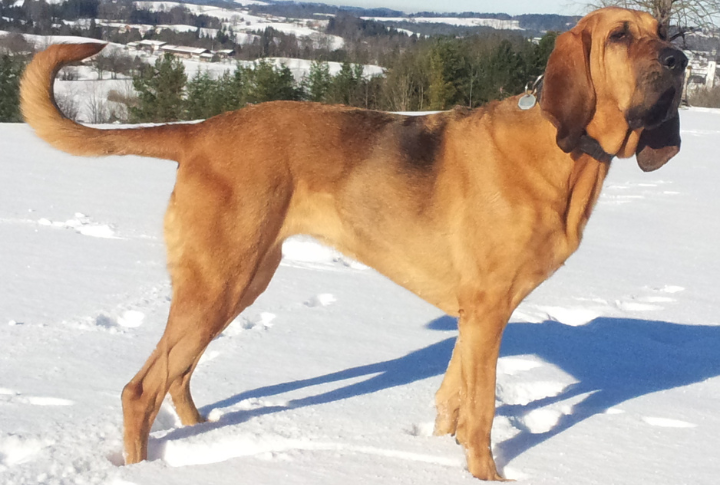
Known as the precursor to the Bloodhound, the St. Hubert Hound was prized for its keen scenting abilities. It didn’t just shape the Bloodhound, though. Over time, its scenting talent influenced other varieties, but not as significantly as it did in Bloodhound’s bloodline.
Bullenbeisser

The Bullenbeisser was a strong, athletic dog that influenced the Boxer. While it gave the Boxer its muscular frame, the friendly and protective temperament came from careful propagation over time. Their heritage is seen in the Boxer’s strength, but its nature was refined to create a dog that was more than just a working breed.
Turnspit Dog
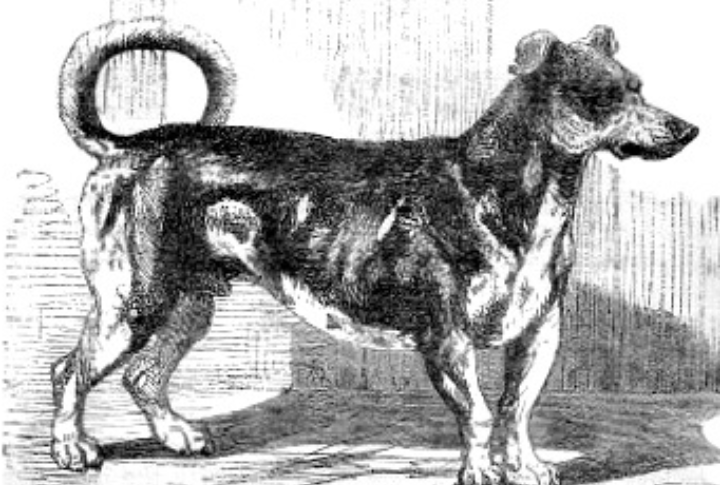
They worked tirelessly in kitchens, primarily powering the brochette that roasted meat. This breed is often purported to be linked to the Jack Russell Terrier, but there is still much ongoing debate on the relationship between the types. The Turnspit Dog’s main legacy lies in its unique historical role rather than in its contribution to modern breeds.
English Water Spaniel

The English Water Spaniel played an important role in developing retrievers, particularly the American Water Spaniel, along with other retrievers and spaniels. They contributed to what we now call modern retriever types, with various water dogs involved. The last of this breed was seen in the 1930s.
Cordoba Fighting Dog
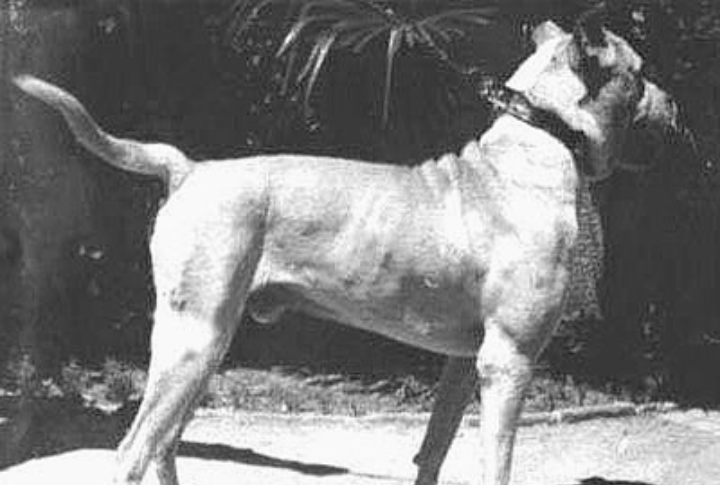
This was a powerful breed developed for bull-baiting and dog fighting in Argentina. It was extinct by the mid-20th century, significantly influencing the creation of the Dogo Argentino. Breeders combined it with other dogs like the Boxer to produce a versatile, strong, fearless dog for hunting and protection.
Old English Bulldog
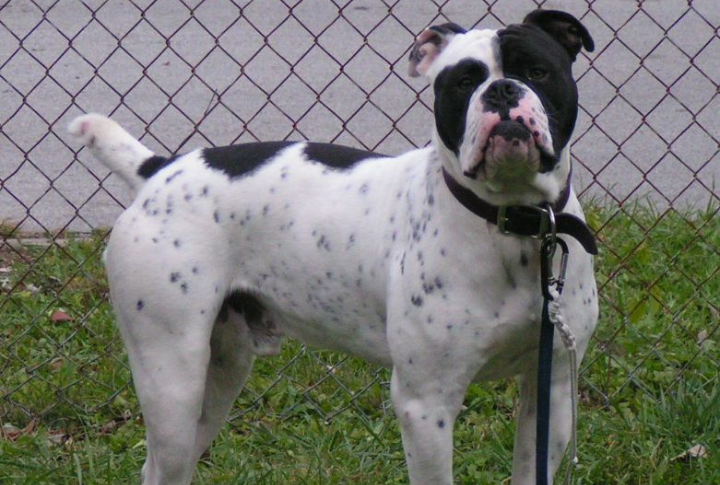
The Old English Bulldog was another determined dog bred for bull-baiting. It left its mark on the modern Bulldog, but the connection isn’t as direct as some believe. Over time, selective breeding softened its temperament, resulting in the calm, affectionate Bulldog we know today, which contrasts sharply with its aggressive origins.
Terceira Mastiff

Once a key breed on the Azorean island of Terceira, the Terceira Mastiff was known for its strength as a herder and a guardian. Even though it is now extinct, it is an ancestor to both the Cao Fila de Sao Miguel and the Fila Brasileiro. They inherited the Terceira Mastiff’s protective nature and powerful build, which is still seen today.
Paisley Terrier
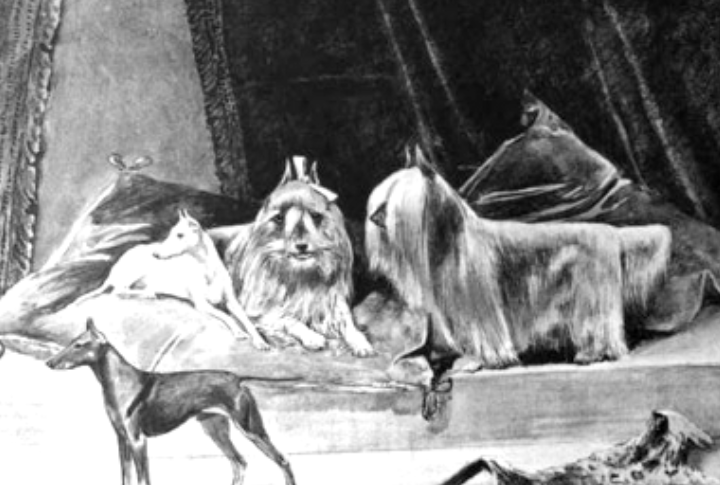
A popular breed in the past in Scotland, they were known for their silky, flowing coat. With a more diminutive, lively stature, it was a companion breed, often admired for its beauty and energy. Although the Paisley Terrier eventually became extinct, its lineage contributed to the development of other terrier breeds, including the Yorkshire Terrier.
Rache
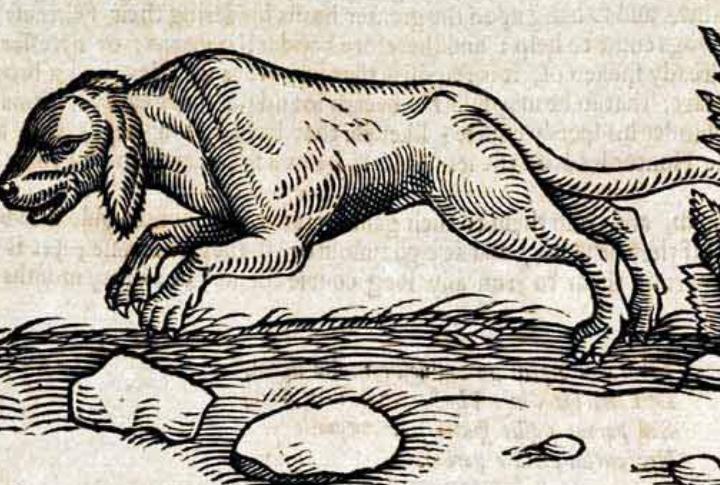
Spoken about in medieval British texts, this breed was essential for hunting and contributed to the development of several modern scent hounds. Its influence can be seen in the English Foxhound, Beagle, and Harrier. Over time, regional variations allowed hunters to create specialized packs suited for different types of game.
Talbot Hound

The Talbot Hound was a key hunting companion in medieval times, prized for its keen scenting abilities. While its exact influence on the Beagle’s size is uncertain, it played a role in shaping the breed’s exceptional nose. The Beagle’s tenacious pursuit of the small game reflects the enduring legacy of the Talbot Hound in modern hounds.
Techichi
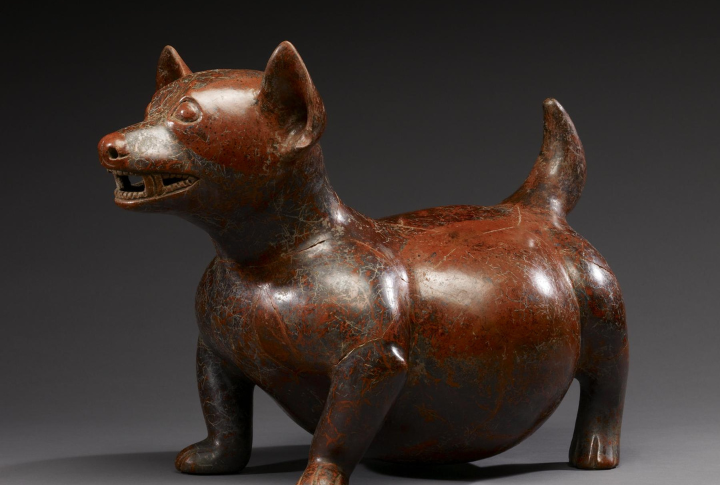
The Techichi, a small, ancient dog, was first domesticated by the Toltecs and later held significance in Aztec society. More than just a companion, it was deeply tied to spiritual and ritualistic practices associated with deities like Xolotl. Often considered a precursor to the Chihuahua, this enigmatic breed played a unique role in Mesoamerican culture.
Tweed Water Spaniel
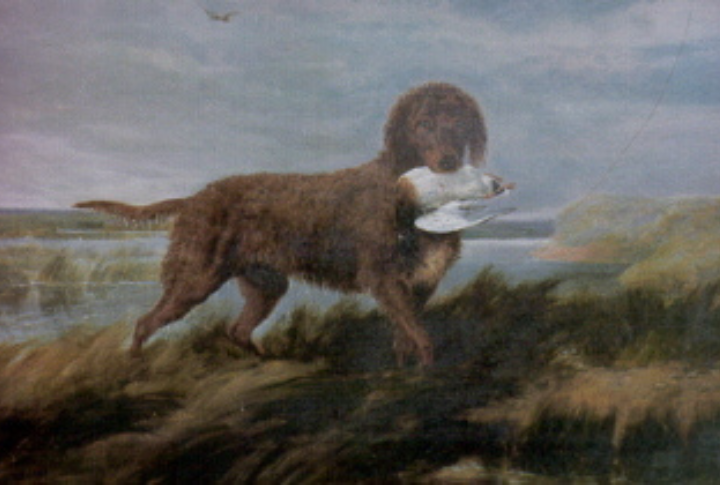
Once a beloved Scottish breed, the Tweed Water Spaniel was known for its exceptional water retrieval skills. Sadly, it became extinct by the early 20th century. However, it played a key role in developing the Golden Retriever, as Lord Tweedmouth incorporated it into his breeding program, passing on its strong hunting and retrieving abilities.



